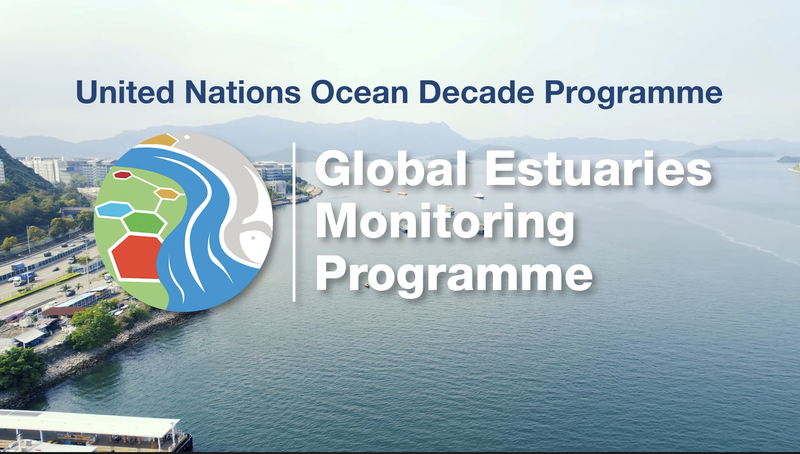Global Estuaries Monitoring (GEM)
-
What it is
A global network monitoring contaminants in estuaries worldwide
-
Who it’s for
Scientists, research institutes, policy makers, coastal communities
-
What it’s for
Develop standardised methods for sampling and chemical analysis
Currently, more than 100,000 chemical substances are used in our daily lives and industries. Among them, 4,000 pharmaceuticals are used for preventing and treating human and animal diseases. Many of these chemicals eventually find their way into estuaries through various pathways, such as rivers, surface runoff, and partially treated wastewater discharged from treatment plants. There is a lack of information at a global level regarding the occurrence and environmental risks of different chemical contaminants in urbanized estuaries, particularly in Africa, South America, Southeast Asia, and Oceania coastal areas.
To address this issue, the Global Estuaries Monitoring (GEM) Programme aims to develop standardized methods for sampling, extracting, detecting, and quantifying priority chemical contaminants in water samples collected from major urbanized estuaries worldwide. These methods will enable a scientifically sound comparison of contamination profiles across various estuaries.
The GEM Programme is one of the first Ocean Decade Programmes endorsed by the United Nations Decade of Ocean Science for Sustainable Development (2021-2030) on June 8, 2021. The principal investigator is Prof. Kenneth Leung, Chair Professor of the Department of Chemistry and Director of the State Key Laboratory of Marine Pollution (SKLMP) at City University of Hong Kong. The project collaborates with key partners from around the world, including the University of York in the United Kingdom, Sydney Institute of Marine Science in Australia, Baylor University in the United States, National Marine Environmental Monitoring Centre, and State Key Laboratory of Marine Environmental Science at Xiamen University in China.
The study focuses on six key aspects:
- Capacity building
- Standardization of Research Methods
- Promotion of Best Practices in Pollution Monitoring and Control
- Data Sharing
- Co-designing Research Strategies
- Revealing the Estuary Health Status
